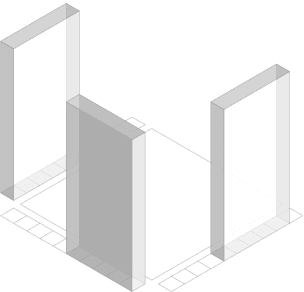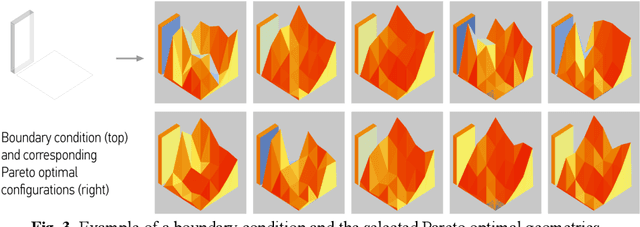Ali Malkawi
Early-Phase Performance-Driven Design using Generative Models
Jul 19, 2021



Abstract:Current performance-driven building design methods are not widely adopted outside the research field for several reasons that make them difficult to integrate into a typical design process. In the early design phase, in particular, the time-intensity and the cognitive load associated with optimization and form parametrization are incompatible with design exploration, which requires quick iteration. This research introduces a novel method for performance-driven geometry generation that can afford interaction directly in the 3d modeling environment, eliminating the need for explicit parametrization, and is multiple orders faster than the equivalent form optimization. The method uses Machine Learning techniques to train a generative model offline. The generative model learns a distribution of optimal performing geometries and their simulation contexts based on a dataset that addresses the performance(s) of interest. By navigating the generative model's latent space, geometries with the desired characteristics can be quickly generated. A case study is presented, demonstrating the generation of a synthetic dataset and the use of a Variational Autoencoder (VAE) as a generative model for geometries with optimal solar gain. The results show that the VAE-generated geometries perform on average at least as well as the optimized ones, suggesting that the introduced method shows a feasible path towards more intuitive and interactive early-phase performance-driven design assistance.
 Add to Chrome
Add to Chrome Add to Firefox
Add to Firefox Add to Edge
Add to Edge